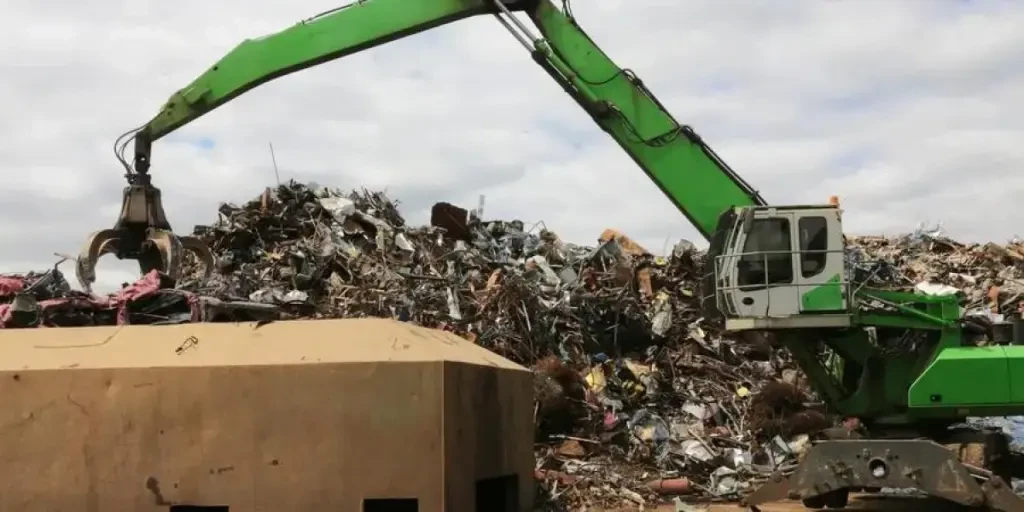En 2025, le recyclage des pneus est devenu plus crucial que jamais, avec plus d'un milliard de pneus jetés chaque année. Cet article fournit une analyse approfondie du marché des broyeurs de pneus, en explorant les types, les mesures de performance, les normes de sécurité et les avancées technologiques. Les acheteurs professionnels trouveront des informations précieuses pour prendre des décisions éclairées, garantissant des opérations de recyclage efficaces et durables.
Sommaire :
– Aperçu du marché des broyeurs de pneus
– Analyse approfondie du marché des broyeurs de pneus
– Facteurs clés lors de la sélection d’un broyeur de pneus
– Progrès technologiques dans les broyeurs de pneus
– Entretien et longévité des broyeurs de pneus
- Conclusion
Aperçu du marché des broyeurs de pneus
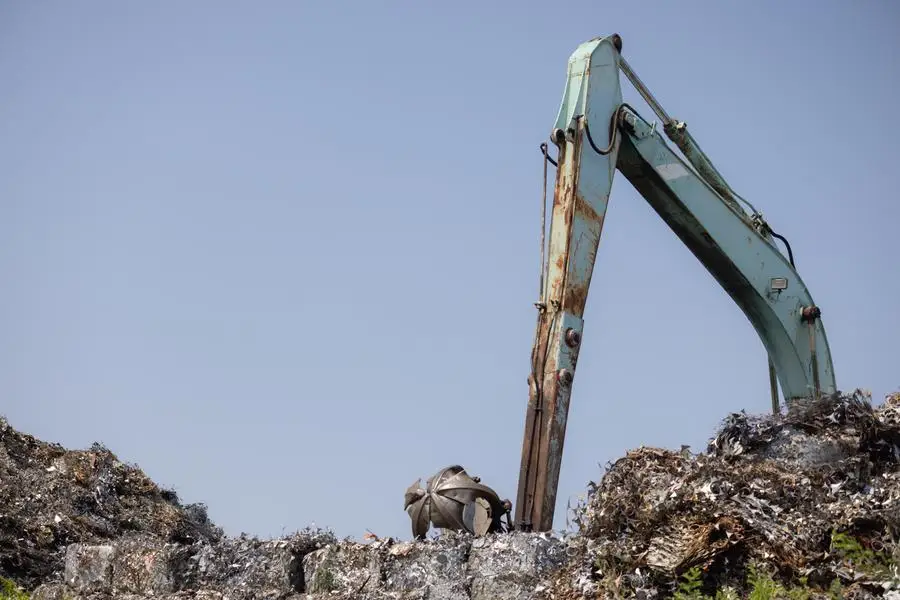
Le marché mondial du recyclage des pneus, y compris les broyeurs de pneus, était évalué à 7.44 milliards USD en 2024 et devrait atteindre 8.92 milliards USD d'ici 2029, avec un taux de croissance annuel composé (TCAC) de 3.7 %. Le segment des broyeurs de pneus est essentiel pour ce marché en raison de la production et de l'élimination croissantes des pneus. Avec environ 1 milliard de pneus jetés chaque année, des technologies efficaces de recyclage des pneus, y compris les broyeurs, sont cruciales.
Le marché des broyeurs de pneus bénéficie de réglementations environnementales strictes et de la volonté mondiale de favoriser le développement durable. Les gouvernements du monde entier interdisent la mise en décharge et l'incinération des pneus, favorisant le recyclage. L'Agence américaine de protection de l'environnement (EPA) et des organisations similaires en Europe et en Asie ont mis en place des politiques visant à gérer efficacement les déchets de pneus, ce qui stimule la demande de broyeurs de pneus. En outre, le marché des carburants dérivés de pneus (TDF), un segment important du recyclage des pneus, devrait croître en raison de sa valeur calorifique élevée et de ses propriétés de combustion plus propres par rapport aux combustibles fossiles traditionnels.
Analyse approfondie du marché des broyeurs de pneus
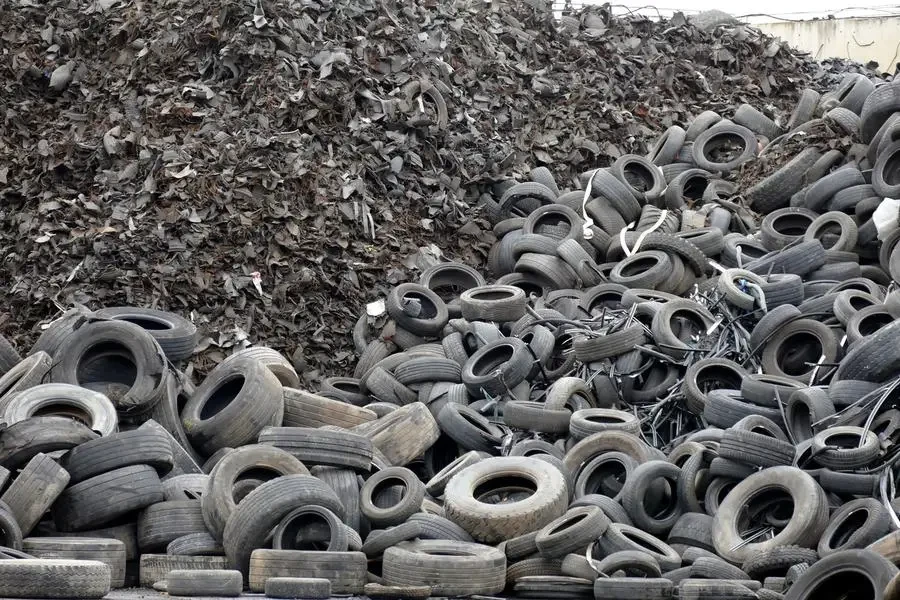
Les broyeurs de pneus sont essentiels au processus de recyclage des pneus, car ils décomposent les pneus en fin de vie en morceaux plus petits et plus faciles à gérer pour une transformation ultérieure en divers produits recyclés. Le marché est caractérisé par des critères de performance clés tels que la capacité de broyage, l'efficacité énergétique et la durabilité opérationnelle. Les broyeurs de pneus avancés peuvent traiter jusqu'à 30 tonnes de pneus par heure, ce qui améliore considérablement le rendement du recyclage.
L’Amérique du Nord et l’Europe dominent le marché des broyeurs de pneus, grâce à des infrastructures de recyclage robustes et à des réglementations environnementales strictes. En Amérique du Nord, le marché du recyclage des pneus est soutenu par l’utilisation intensive de TDF dans les cimenteries et les papeteries, qui préfèrent le TDF en raison de sa teneur élevée en énergie. En Europe, des pays comme l’Allemagne et le Danemark dominent le marché en raison de leurs systèmes avancés de gestion des déchets et de leurs cadres réglementaires solides.
Les innovations récentes dans le domaine de la technologie de déchiquetage des pneus visent à améliorer l’efficacité énergétique et à réduire les coûts d’exploitation. L’intégration de systèmes de surveillance numérique permet un suivi en temps réel des performances des machines, une maintenance prédictive et l’optimisation des processus de déchiquetage. Les tendances sociales en faveur de la conscience environnementale et des initiatives de durabilité des entreprises propulsent davantage le marché, car les entreprises cherchent à minimiser leur empreinte écologique.
Les principaux problèmes rencontrés par les clients concernent l’investissement initial élevé et les coûts de maintenance associés aux broyeurs de pneus. Cependant, les progrès technologiques permettent de résoudre ces problèmes en améliorant la longévité des machines et en réduisant la consommation d’énergie. Les stratégies de positionnement des marques sur ce marché mettent l’accent sur la fiabilité, l’efficacité et le respect des normes environnementales, les principaux acteurs se différenciant par des offres de produits innovantes et un service après-vente solide.
Facteurs clés lors de la sélection d'un broyeur de pneus
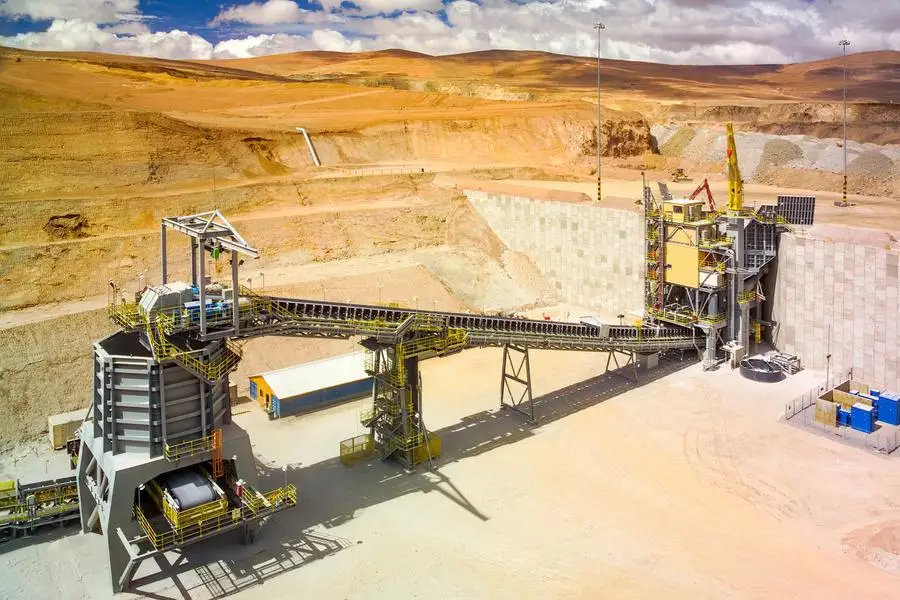
Choisir le broyeur de pneus adapté à votre entreprise peut être un processus complexe. Pour garantir des performances et une rentabilité optimales, plusieurs aspects essentiels doivent être pris en compte.
Types de broyeurs de pneus
Il existe plusieurs types de broyeurs de pneus, chacun conçu pour des applications et des capacités de traitement spécifiques. Les types les plus courants comprennent les broyeurs à arbre unique, à double arbre et à quatre arbres. Les broyeurs à arbre unique sont idéaux pour les petites opérations ou lorsque la production d'une taille de particule uniforme est cruciale. Ils sont dotés d'un rotor et de couteaux fixes, ce qui les rend adaptés à la manipulation de petits volumes de pneus. Les broyeurs à double arbre sont plus robustes et peuvent traiter des volumes plus importants, y compris ceux avec des renforts en acier. Ils utilisent deux arbres rotatifs avec des lames pour déchirer les pneus. Les broyeurs à quatre arbres offrent encore plus de polyvalence et d'efficacité, avec quatre arbres rotatifs qui peuvent gérer différentes tailles et types de pneus, y compris les pneus hors route (OTR).
Performances et fonctionnalités
Les performances d'un broyeur de pneus sont mesurées par sa capacité de débit, la cohérence de la taille des particules et l'efficacité énergétique. La capacité de débit fait référence au volume de pneus qu'un broyeur peut traiter par heure, allant de quelques centaines de kilogrammes à plusieurs tonnes. Les broyeurs hautes performances traitent efficacement de gros volumes, réduisant ainsi le besoin d'entretien fréquent et les temps d'arrêt. La cohérence de la taille des particules est cruciale pour les industries qui nécessitent un matériau déchiqueté uniforme pour un traitement ultérieur ou un recyclage. Les broyeurs avancés sont dotés de paramètres réglables pour contrôler la taille de sortie, garantissant l'uniformité et répondant à des normes industrielles spécifiques. L'efficacité énergétique est également importante, car les broyeurs de pneus peuvent consommer beaucoup d'énergie. Les broyeurs modernes sont équipés de moteurs économes en énergie et de systèmes de contrôle avancés pour minimiser la consommation d'énergie tout en maximisant le rendement.
Conception et construction de qualité
La conception et la qualité de fabrication d'un broyeur de pneus ont un impact significatif sur sa durabilité, ses besoins d'entretien et ses performances globales. Les broyeurs de haute qualité sont fabriqués à partir de matériaux robustes comme l'acier de haute qualité pour résister aux conditions difficiles du broyage des pneus. La conception doit inclure des caractéristiques qui facilitent l'entretien et le remplacement des composants, tels que des panneaux d'accès rapide et des composants modulaires. Les lames de coupe ou les couteaux sont des composants essentiels, et leur matériau et leur conception jouent un rôle important dans l'efficacité et la longévité du broyeur. Les lames fabriquées à partir de matériaux résistants à l'usure comme l'acier allié ou le carbure sont préférées pour leur durabilité et leur capacité à conserver leur tranchant sur de longues périodes. De plus, le châssis du broyeur doit être conçu pour absorber les vibrations et réduire les niveaux de bruit, garantissant ainsi un environnement de travail plus sûr et plus confortable.
Normes de sécurité et certifications
La sécurité est primordiale lors de l'utilisation de machines lourdes comme les broyeurs de pneus. Les fabricants réputés s'assurent que leurs machines sont conformes aux normes et certifications de sécurité internationales, telles que CE, ANSI et ISO. Ces certifications indiquent que le broyeur a subi des tests rigoureux et répond aux normes de sécurité et de qualité requises. Les caractéristiques de sécurité à rechercher comprennent des boutons d'arrêt d'urgence, des verrouillages de sécurité et des protections autour des pièces mobiles. Certains modèles avancés sont également équipés de systèmes d'arrêt automatique qui s'activent en cas de dysfonctionnement ou de surcharge, évitant ainsi les accidents potentiels et les dommages à la machine. Une formation régulière et le respect des protocoles de sécurité sont essentiels pour le fonctionnement sûr des broyeurs de pneus.
Fourchette de prix et considérations budgétaires
Le coût des broyeurs de pneus peut varier considérablement en fonction de leur type, de leur capacité et de leurs fonctionnalités supplémentaires. Les broyeurs à arbre unique d'entrée de gamme peuvent commencer à environ 50,000 500,000 $, tandis que les broyeurs à double ou quadruple arbre de grande capacité peuvent dépasser XNUMX XNUMX $. Lorsque vous établissez le budget d'un broyeur de pneus, tenez compte non seulement du prix d'achat initial, mais également des coûts d'exploitation à long terme, notamment de l'entretien, de la consommation d'énergie et des temps d'arrêt potentiels. Investir dans un broyeur de haute qualité et économe en énergie peut entraîner un coût initial plus élevé, mais peut entraîner des économies importantes au fil du temps en raison de la réduction des dépenses d'entretien et d'exploitation. De plus, certains fabricants proposent des options de financement ou des programmes de location pour aider les entreprises à gérer l'investissement initial. Il vaut également la peine d'explorer les incitations ou subventions gouvernementales disponibles pour les équipements de recyclage et de gestion des déchets, qui peuvent compenser une partie des coûts.
Progrès technologiques dans les broyeurs de pneus
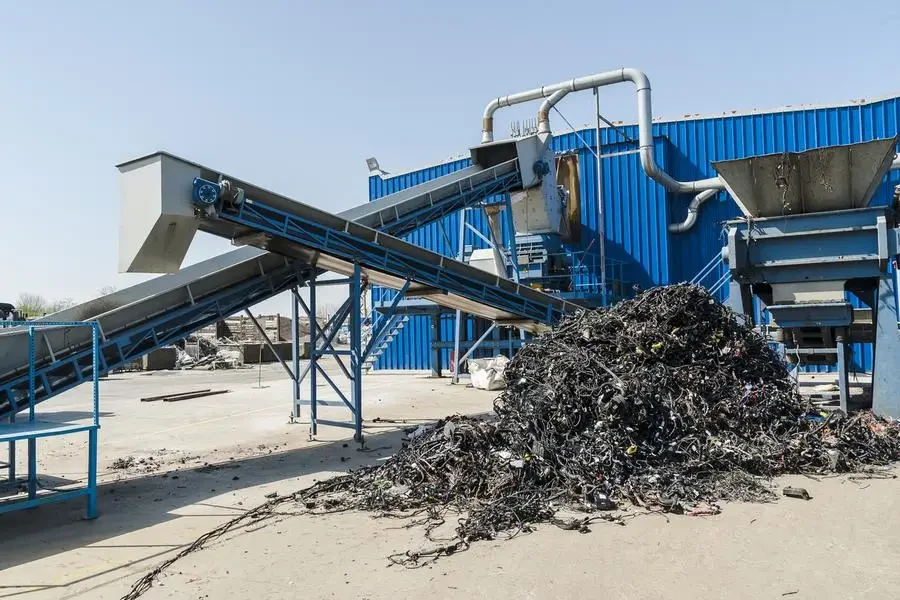
L’industrie du déchiquetage de pneus a connu des avancées technologiques importantes ces dernières années, améliorant l’efficacité, la sécurité et l’impact environnemental des opérations de déchiquetage.
Systèmes d'automatisation et de contrôle
Les broyeurs de pneus modernes sont équipés de systèmes d'automatisation et de contrôle avancés qui améliorent leurs performances et leur facilité d'utilisation. Ces systèmes peuvent inclure des contrôleurs logiques programmables (PLC) et des interfaces homme-machine (IHM) qui permettent aux opérateurs de surveiller et d'ajuster le processus de broyage en temps réel. Les systèmes automatisés peuvent optimiser le fonctionnement du broyeur en ajustant le débit d'alimentation, la vitesse de la lame et d'autres paramètres en fonction du matériau traité, garantissant ainsi un rendement constant et minimisant l'usure de la machine.
Intégration avec les systèmes de recyclage
Les broyeurs de pneus sont de plus en plus intégrés à des systèmes de recyclage complets qui rationalisent l'ensemble du processus, du déchiquetage à la récupération des matériaux. Ces systèmes peuvent inclure des convoyeurs, des séparateurs magnétiques et des granulateurs qui fonctionnent ensemble pour séparer et traiter différents composants des pneus déchiquetés, tels que l'acier, le caoutchouc et les fibres textiles. L'intégration aux systèmes de recyclage améliore l'efficacité et maximise la récupération des matériaux précieux, contribuant ainsi à une économie plus durable et circulaire.
Efficacité énergétique et impact environnemental
L’efficacité énergétique est un facteur essentiel dans les opérations de déchiquetage de pneus, étant donné la consommation d’énergie importante de ces machines. Les progrès technologiques ont conduit au développement de moteurs et de systèmes d’entraînement économes en énergie qui réduisent la consommation d’énergie sans compromettre les performances. De plus, certains broyeurs sont équipés de systèmes de freinage régénératif qui récupèrent et réutilisent l’énergie, améliorant encore leur efficacité. L’impact environnemental est un autre facteur crucial, car le déchiquetage de pneus peut générer des quantités importantes de poussière et de bruit. Les broyeurs modernes sont conçus avec des systèmes avancés de contrôle de la poussière et des fonctions de réduction du bruit pour minimiser leur empreinte environnementale. Certains modèles intègrent également des systèmes de filtration qui captent et traitent les émissions, garantissant ainsi le respect des réglementations environnementales et réduisant l’impact sur la communauté environnante.
Entretien et longévité des broyeurs de pneus
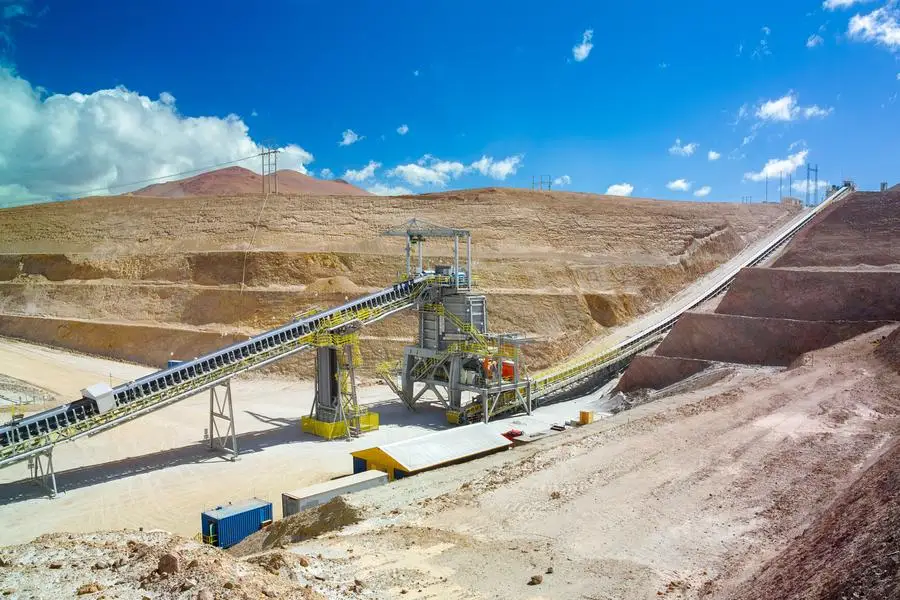
Un entretien adéquat est essentiel pour garantir la longévité et les performances optimales des broyeurs de pneus. Un entretien régulier peut éviter les pannes inattendues, prolonger la durée de vie de la machine et garantir une qualité de sortie constante.
Inspection et entretien de routine
L'inspection et l'entretien de routine sont essentiels pour identifier et résoudre les problèmes potentiels avant qu'ils ne dégénèrent en problèmes majeurs. Les composants clés tels que les lames, les moteurs et les systèmes de commande doivent être inspectés régulièrement pour détecter toute trace d'usure ou de dommage. La lubrification des pièces mobiles est également essentielle pour réduire les frottements et éviter la surchauffe. De nombreux fabricants fournissent des programmes et des directives d'entretien détaillés, qui doivent être suivis avec diligence pour maintenir les performances du broyeur.
Entretien et remplacement des lames
Les lames de coupe ou couteaux font partie des composants les plus critiques d'un broyeur de pneus, et leur état a un impact direct sur l'efficacité et la qualité de production de la machine. Une inspection et un affûtage réguliers des lames sont nécessaires pour garantir qu'elles restent tranchantes et efficaces. Selon le matériau et la conception des lames, il peut être nécessaire de les remplacer périodiquement pour maintenir des performances optimales. Certains broyeurs sont équipés de systèmes de lames faciles à remplacer qui minimisent les temps d'arrêt et simplifient la maintenance.
Mises à niveau et compatibilité
À mesure que la technologie progresse, il peut être avantageux de mettre à niveau certains composants du broyeur de pneus pour améliorer ses performances et prolonger sa durée de vie. Les mises à niveau peuvent inclure des moteurs plus efficaces, des systèmes de contrôle avancés ou des fonctions de sécurité améliorées. Lors de la sélection d'un broyeur de pneus, tenez compte de sa compatibilité avec les futures mises à niveau pour vous assurer qu'il reste pertinent et efficace à mesure que la technologie évolue.
Pour aller plus loin
Le choix du bon broyeur de pneus nécessite une prise en compte minutieuse de divers facteurs, notamment le type de broyeur, les performances et les fonctionnalités, la qualité de conception et de fabrication, les normes de sécurité et le budget. Les progrès technologiques ont considérablement amélioré l'efficacité et l'impact environnemental des broyeurs de pneus, les rendant plus efficaces et durables. Un entretien approprié et des mises à niveau régulières sont essentiels pour garantir la longévité et les performances optimales des broyeurs de pneus. En tenant compte de ces facteurs, les entreprises peuvent prendre des décisions éclairées et investir dans des broyeurs de pneus qui répondent à leurs besoins spécifiques et contribuent à un avenir plus durable.
